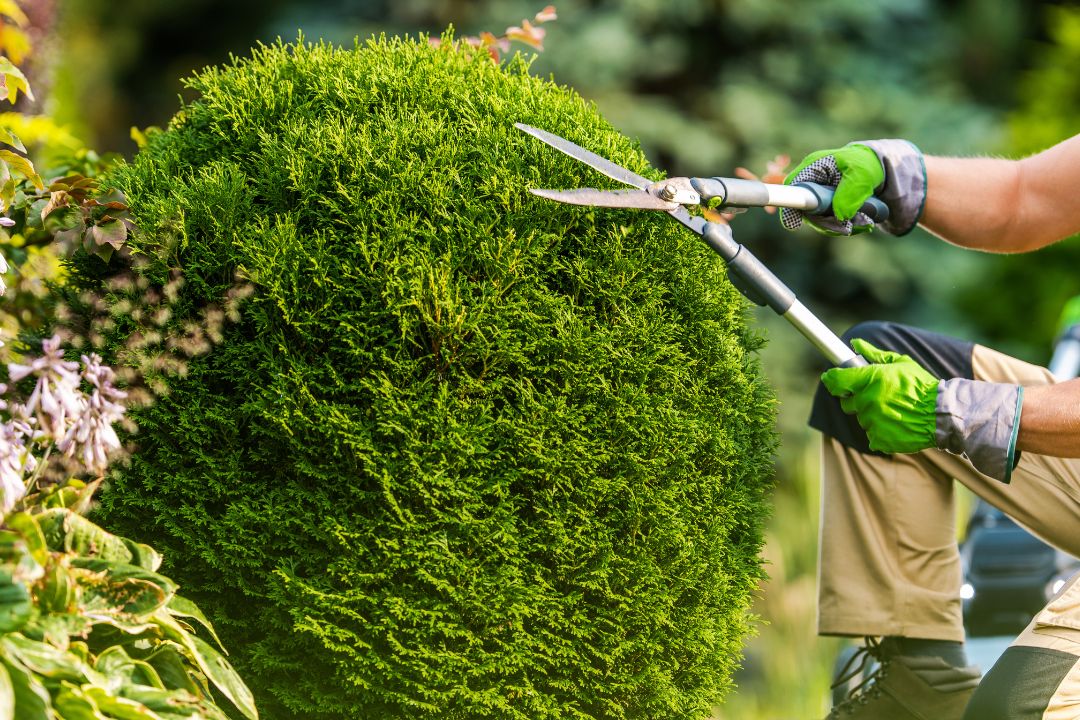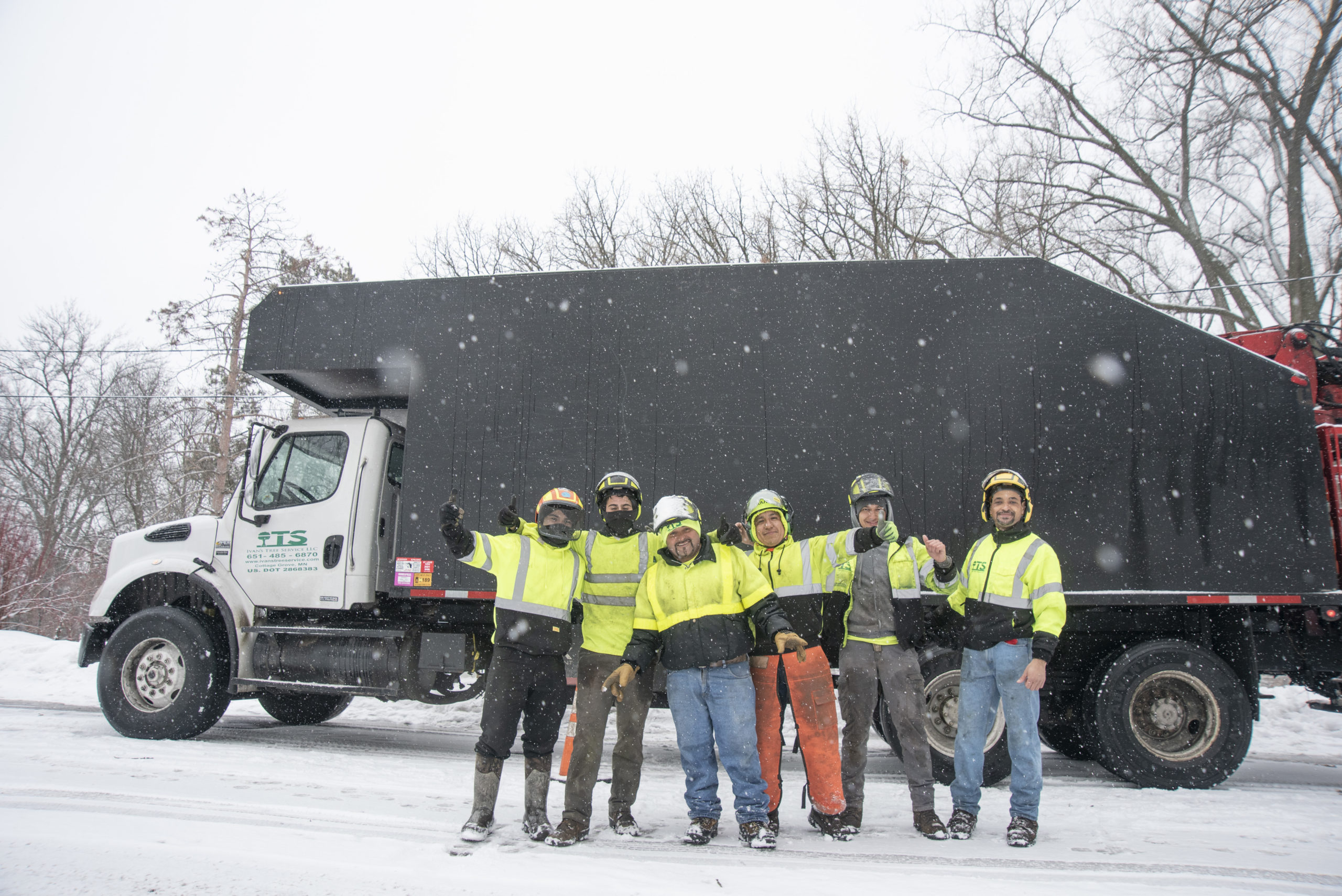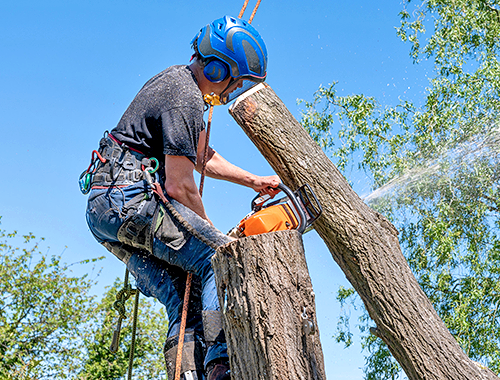Comprehending the Importance of Tree Preservation and Conservation Practices in Urban Locations
In the dynamic landscape of metropolitan environments, trees usually stand as silent guardians, giving a wide range of advantages that extend much past their aesthetic charm. As we explore the intertwined textile of environmental, social, and financial benefits that urban trees provide, it comes to be apparent that their conservation is critical for the health of future and present generations.
Ecological Advantages of Trees in Cities
Trees in urban areas play a vital duty in providing various environmental benefits, contributing to the general wellness of city residents. This procedure assists minimize the focus of harmful gases, making the air cleaner and healthier for locals.

Moreover, trees contribute to water administration by minimizing stormwater overflow and soil disintegration. In general, the ecological advantages of trees in cities are necessary for creating livable and lasting city environments.
Social Relevance of Urban Tree Preservation
In contemporary urban landscapes, the preservation of trees holds considerable social value for promoting area health and boosting top quality of life. Urban tree conservation plays an essential role in creating spaces for social interaction and community engagement. Trees provide gathering places for people, such as parks and green areas, where communities can come with each other for entertainment tasks, get-togethers, and leisurely walks. The existence of trees in metropolitan settings has been linked to minimized degrees of stress and anxiety, improved mental wellness, and boosted sensations of health among residents. In addition, trees contribute to the appearances of areas, creating visually appealing environments that improve the general livability of urban areas.

Economic Value of Tree Preservation
The preservation and preservation of urban trees use substantial economic advantages that contribute to the total monetary health of cities and communities. Urban trees offer a vast array of financial advantages that favorably influence regional economic climates. One significant economic benefit of tree preservation is the rise in residential property values. Trees enhance the visual appeal of areas, bring about greater property values and bring in potential buyers or occupants. Metropolitan trees assist minimize energy expenses by supplying color in the summer season and acting as windbreaks in the winter months, thereby lowering the demand for heating and cooling systems.
In addition, trees play a crucial duty in reducing stormwater drainage and minimizing the impacts of flooding, which can lead to cost financial savings for cities in regards to facilities maintenance and repair. Urban trees additionally add to enhanced air quality by releasing and absorbing toxins oxygen, bring about possible financial savings in health care prices associated with respiratory ailments. By spending and acknowledging in the financial value of tree preservation, cities can advertise sustainable growth, improve quality of life, and develop more resistant metropolitan environments.
Approaches for Sustainable Urban Tree Monitoring
A comprehensive method to lasting city tree management includes incorporating varied techniques that focus on long-term ecological wellness and community health. Implementing tree inventories and evaluations is vital to understand urban tree populations, their health, and maintenance demands.
Neighborhood involvement plays a crucial duty in lasting urban tree management. Educating residents about the benefits of trees, organizing tree growing occasions, and entailing volunteers you could try this out in tree treatment tasks promotes a feeling of ownership and stewardship. Partnership between city government, environmental companies, and residents is key to creating and implementing effective tree management strategies.
Buying environment-friendly facilities, such as city woodlands and eco-friendly roofing systems, can provide numerous advantages, including improved air top quality, stormwater administration, and urban warmth island reduction. Tree service guilford ct. Incorporating trees right into metropolitan planning and design procedures guarantees that trees are valued as vital components of a healthy and resistant city atmosphere
Community Involvement in Tree Conservation
Area participation is a basic element in fostering lasting metropolitan tree administration practices and making sure the long-lasting wellness and conservation of metropolitan tree populations. Involving the community in tree preservation initiatives can bring about enhanced recognition, recognition, and stewardship of trees within city areas. When homeowners actively join tree maintenance, preservation, and growing initiatives, they create a sense of possession and satisfaction in their neighborhood environment.
Neighborhood participation also promotes social cohesion and cooperation amongst locals, regional authorities, and ecological companies, fostering a shared duty for city tree conservation. By organizing tree planting occasions, instructional workshops, and volunteer opportunities, communities can function with each other to boost the city tree canopy and create greener, healthier cities. In addition, entailing locals in decision-making procedures concerning tree administration ensures that varied point of views and local expertise are taken into consideration, leading to more lasting and effective conservation practices. Tree service guilford ct. Inevitably, neighborhood involvement plays a vital function in building resilient and thriving metropolitan forests for future generations to enjoy.
Final Thought
Finally, metropolitan tree preservation and preservation methods play a crucial duty in enhancing the ecological, social, and economic health of cities. By recognizing the worth of trees in urban locations and executing lasting administration techniques, areas can take pleasure in the various advantages that trees offer. It is necessary for stakeholders Visit This Link to actively join tree conservation efforts to guarantee a greener and healthier city environment for current and future generations.
